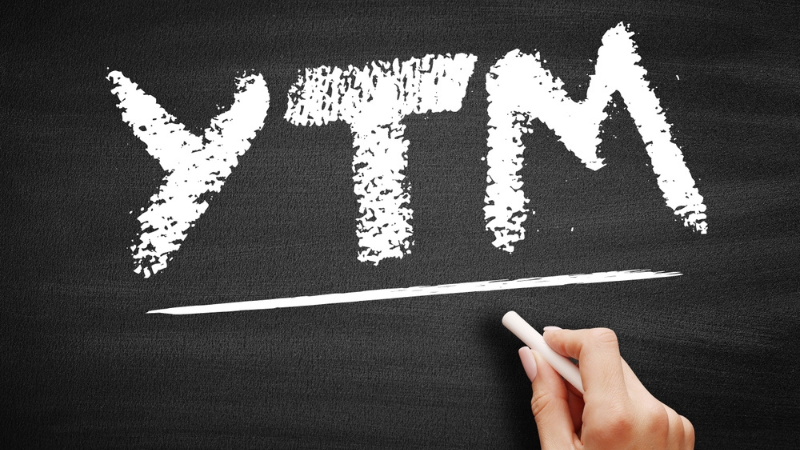
As a parent, you need to provide a good education and conducive environment for your child to learn and grow in. In order to do this, it is important that you have the financial resources to support them. There are two viable investment options available in order to secure the financial future of your child, namely, Sukanya Samriddhi Yojana and Children’s Mutual Fund.
What is Sukanya Samriddhi Yojana?
A popular government backed scheme, the Sukanya Samriddhi Yojana was introduced with the aim of addressing the declining child sex ratio in the country. This was one of the schemes placed under the Beti Bachao Beti Pado scheme with the idea of building a corpus for the girl child’s future, but it suffers from limited returns on investment.
Parents or guardians who have a minor girl child below the age of 10 years are eligible to open an SSY account. The operating power of the account will be transferred to the girl once she attains the age of majority.
The amount invested is locked in for a period of 15 years. The minimum amount that can be invested is Rs. 250, while the maximum amount that can be invested is Rs. 1,50,000. Currently(July 2021) SSY fetches an interest of 7.6% compounded annually. This rate is linked to the small savings decided by the Govt of India.
What are the benefits of investing in Sukanya Samruddhi Yojana?
- Offers stable returns to the beneficiary. It is not subject to any market risks.
- Offers tax exemptions to the holder of the account.
- Instills financial discipline in the investor.
- The benefits mandatorily go to a girl child.
What is a Children’s Mutual Fund?
Also known as children’ gift fund, the children’s mutual fund, is a balanced or hybrid mutual fund. These can be in the form of equity-oriented funds or debt-oriented funds. The gains can be realized only after the child attains 18 years of age. They have a lock period of 18 years.
What are the benefits of investing in Children’s Mutual Funds?
The following benefits are accrued from the child education plan –
- Corpus for child’s education is created without any stress.
- It could pay for a child’s higher education.
- It supports the child in case of death of the parent.
- There is no tax implication post redemption.
Sukanya Samriddhi Yojana vs Mutual Fund
Before deciding upon which of the two options is a better option to invest in, one must understand the differences between the two options available.
| Basis | SSY | Children’s Mutual Fund |
| Nature of scheme | The account is to be opened by parent or guardian to secure the girl’s financial future. | Parents or guardians opt into this scheme to ensure that the returns received are used to secure the interests of the child. |
| Type | Debt related , govt backed instrument, hence risk free | Equity linked instrument so risky |
| Beneficiary | Restricted to a girl child. | Not restricted to girl children. |
| Amount limitations | The minimum amount is Rs. 250 and the maximum amount is Rs. 1,50,000. | There is no such limitation. |
| Interest received | SSY will fetch an interest of 7.6%, compounded annually. Interest varies. | The historical average returns are between 8 to 12% |
| The age limit | The girl child must be less than 10 years of age for the account to be opened. | There is no such limitation. |
| Number of accounts per child | Only one account can be opened per girl child. | There is no such limitation. |
| Tax implication | Eligible for tax benefits under Section 80C of the Income Tax Act. | There is no tax deduction on the amount received on redemption or on the subscription amount |
| Risks associated with the fund | There is no risk involved, thereby providing the investor stable, guaranteed returns. | It is subject to market risks. |
| Partial withdrawals | One partial withdrawal is permitted once the girl reaches the age of majority. | Partial withdrawals are allowed post 3 years. |
Equity mutual funds for children are good sources to meet this financial goal of securing the interests of one’s child. These are flexible funds that can be redeemed at any point of time and are capable of beating the inflation index. The rate of interest of SSY is restricted only to girl children and is less than mutual funds return generally – it often fails to beat the rate of inflation.
Experts opine that it is better to diversify and invest in both SSY and equity mutual funds rather than placing all eggs in a single basket. One can get the benefits of guaranteed return and tax relief from SSY and diversification and higher investment from mutual funds.
Frequently Asked Questions
- Do children’s mutual funds have a lock in period?
Yes, they do, similar to the SSY scheme.
- Are both SSY and children’s mutual funds solution-oriented schemes?
Yes, indeed. They are solution-oriented schemes as they are created with a specific end goal in mind.
- Do children’s mutual fund schemes invest in both equity and debt?
Children’s mutual fund schemes cater to varied risk profiles and hence, there are equity mutual funds, debt mutual funds and hybrid mutual funds that can be invested in.



























